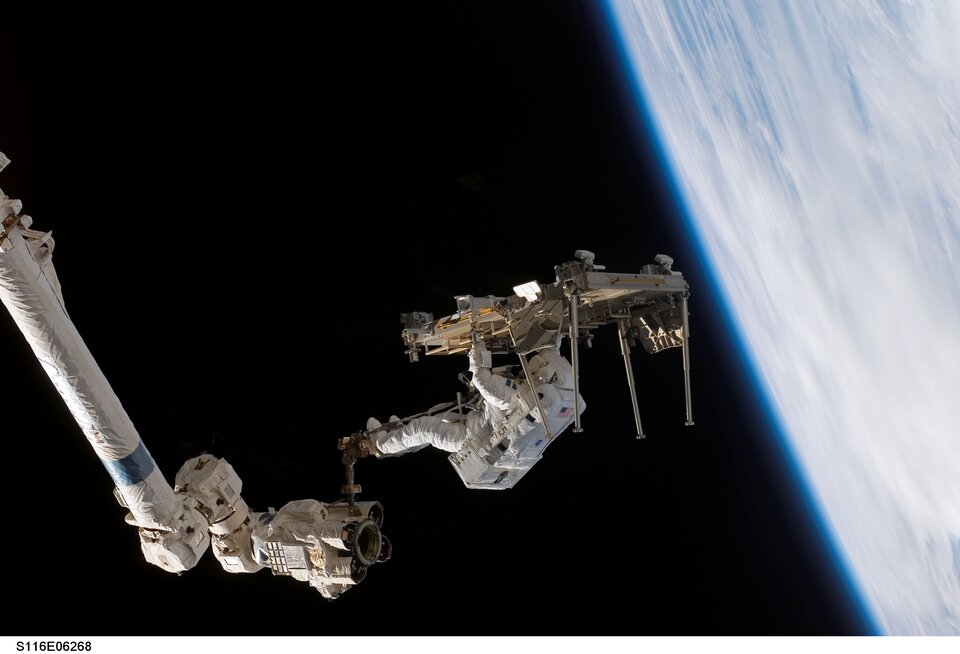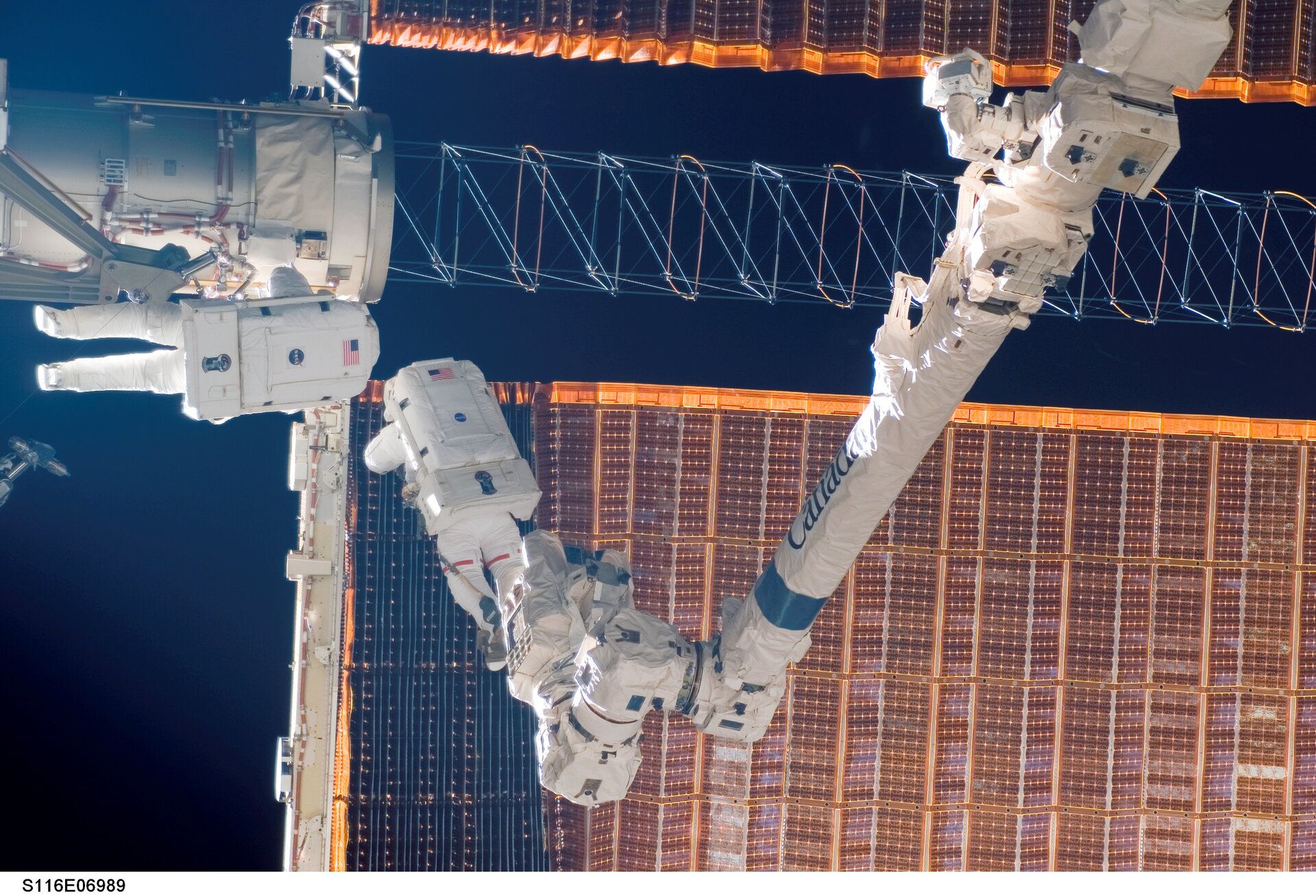Neuro-sensory system, orientation and equilibrium, motion sickness
Moving in a 3-D environment
During our daily life on earth we are usually walking on a flat surface, thus mainly evolving in a 2 dimensional world and faced with only left-right / forward backward changes of direction. In addition, to orient ourselves we can rely on both visual perception and cues from the vestibular system. Under weightlessness astronauts have to evolve in a true 3-D environment. While the concepts of verticality, horizontality are no longer relevant, the “free-floating” astronauts are confronted with up and down, right and left, pitch and roll changes of attitudes and have to rely much more on visual perception to maintain their spatial orientation. This is a totally new experience and the nervous system thus receives conflicting or partial information from its sensory organs. Orientation and equilibrium centres located in the inner-ears, namely the organs of the vestibular systems, are no longer stimulated by gravity, and inertial forces are potentially creating stimulii conflicting with visual clues and proprioception. For example crewmembers relying mainly on visual cues for their orientation have a tendency to consider the surface seen beneath their feet as the floor. When working in the spacecraft and viewing another crewmember “upside down” they can feel suddenly “upside down” themselves. Some of the crewmembers even feel continuously inverted. This inversion illusion can be more problematic during EVA, where the earth is naturally considered as the direction of the ground, and astronaut can feel suddenly being in danger while working “upside down” with regard to the earth.

Conflicting inputs and motion sickness
This conflict is believed to be an important factor contributing to space motion sickness, which occurs in as many as two third of the astronauts. Space motion sickness is an important issue during the first days of a mission when some of the crew members are affected so much that they can no longer perform their duties and requires care and attention from their crew mates. This conflict between visual perception, proprioception and the vestibular systems, is also at the origin of disorientation problems that could well jeopardize a mission. In addition, during re-entry, one of the most critical phases of a mission, motion sickness or disorientation of the pilot can be a critical issue. After a long stay under weightlessness it seems also that the neuro-vestibular system has adapted to microgravity to a point that astronauts returning to earth suffer from another kind of motion sickness, the “disembarkation syndrome”, and also have need of rehabilitation to recover head-eye movement coordination and proper balance.

Research & Development
Research in this field has focused on a better understanding of the vestibulo-occular reflex (OTHOLITH, SPIN, ZAG, ETD), on spatial orientation and motion sickness syndromes (3D-SPACE, MOP), but also on the evaluation of appropriate preventive measures and treatment (SPIN-D), as well as the development of artificial gravity devices (VVIS, SAHC).
Health related topics: Vertigo, balance, equilibrium, disorientation, motion sickness, elderly, unexplained fall, home tele monitoring.


